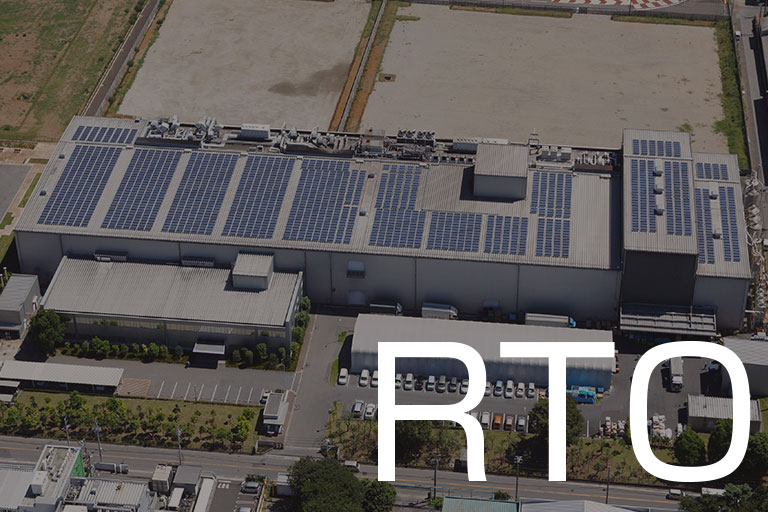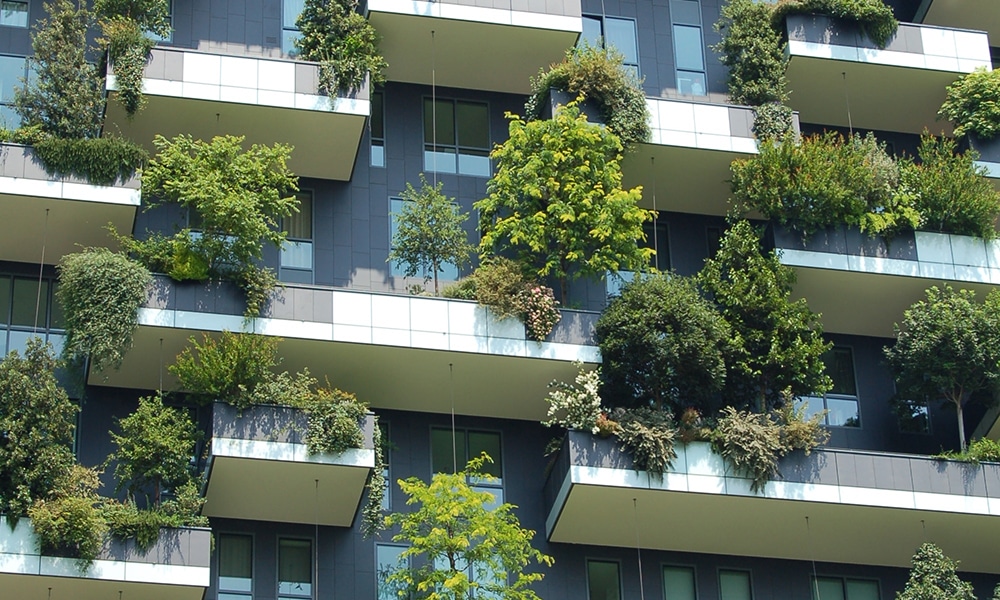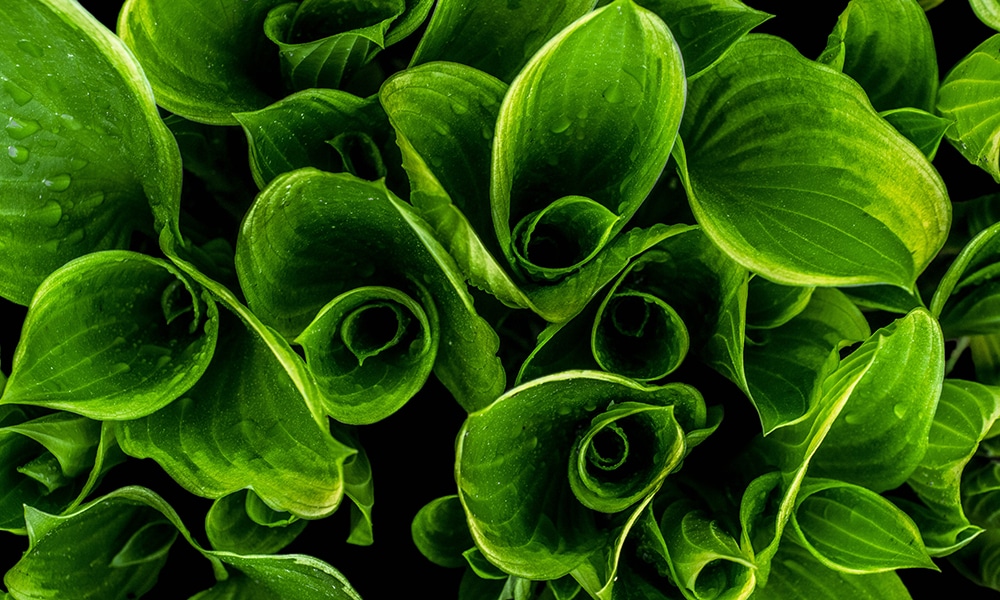Sustainable Packaging
The disposal and exhaust heat recovery of volatile organic compounds (VOC) from regenerative thermal oxidizers (RTO)

In accordance with the revision of the Air Pollution Control Act in April 2010, we dispose of and purify volatile organic compounds generated in the drying process using regenerative thermal oxidizers, and are actively working to improve the atmospheric environment.
In December 2014, we were selected for the “Project of waste heat utilization through the introduction of next-generation energy saving drying equipment” established by the Ministry of Economy, Trade and Industry, receiving subsidy from the country, and actively working on reducing CO2 emission by having success in reusing low-temperature exhaust gas generated in the regenerative thermal oxidization process, collecting thermal energy released from RTO in the atmosphere into hot water, and controlling the amount of crude oil used by switching to clean thermal energy and reusing it in the drying process. (Crude oil reduced by 78kL/year, CO2 reduced by 155ton/year)

Update construction of absorption chiller
In January, 2016, an energy saving control function was further enhanced by performing an update of the construction of the system, including incidental facilities of absorption chiller, to further improve on its effectiveness as well as energy consumption by improving the efficiency of the main body of absorption chiller.
By utilizing a temperature sensor and optimally controlling according to the load of the cooling water pump, the power consumption, including the incidental facilities, could be reduced by about 80%. Furthermore, energy consumption and emissions of the entire system could be reduced respectively by about 60% per year compared to conventional facilities.

High-performance energy saving boilers
In January 2017, we introduced high-performance boilers which have a low amount of carbon dioxide emissions and very high heat treatment in order to reduce carbon dioxide emissions. In high-performance boilers, since an economizer is used to heat up the boiler water supply with the exhaust gas waste heat, and the collected waste heat is at a lower temperature than in oil boilers, the amount of carbon dioxide emissions is extremely low, and its heat treatment is very high.

High-efficiency gas heat pump air conditioning
In December 2017, we introduced high-efficiency gas heat pump air conditioning, with excellent energy-saving features, in order to improve on our energy saving. Gas heat pumps are an air conditioning system which drives the compressor of an outdoor unit with a gas engine and performs air conditioning by a heat pump. They utilize natural gas, which has the lowest amount of CO2 emissions when burning as compared to using coal or petroleum as fuel. When heating, the waste heat from the gas used to run the engine is also used, so its energy efficiency is very good, and it ensures high energy saving. It is an environmentally friendly air condition system, with its power consumption at about 1/10 of the consumption of electric air conditioners.

